Home>diy>Building & Construction>What Is Core Drilling In Construction
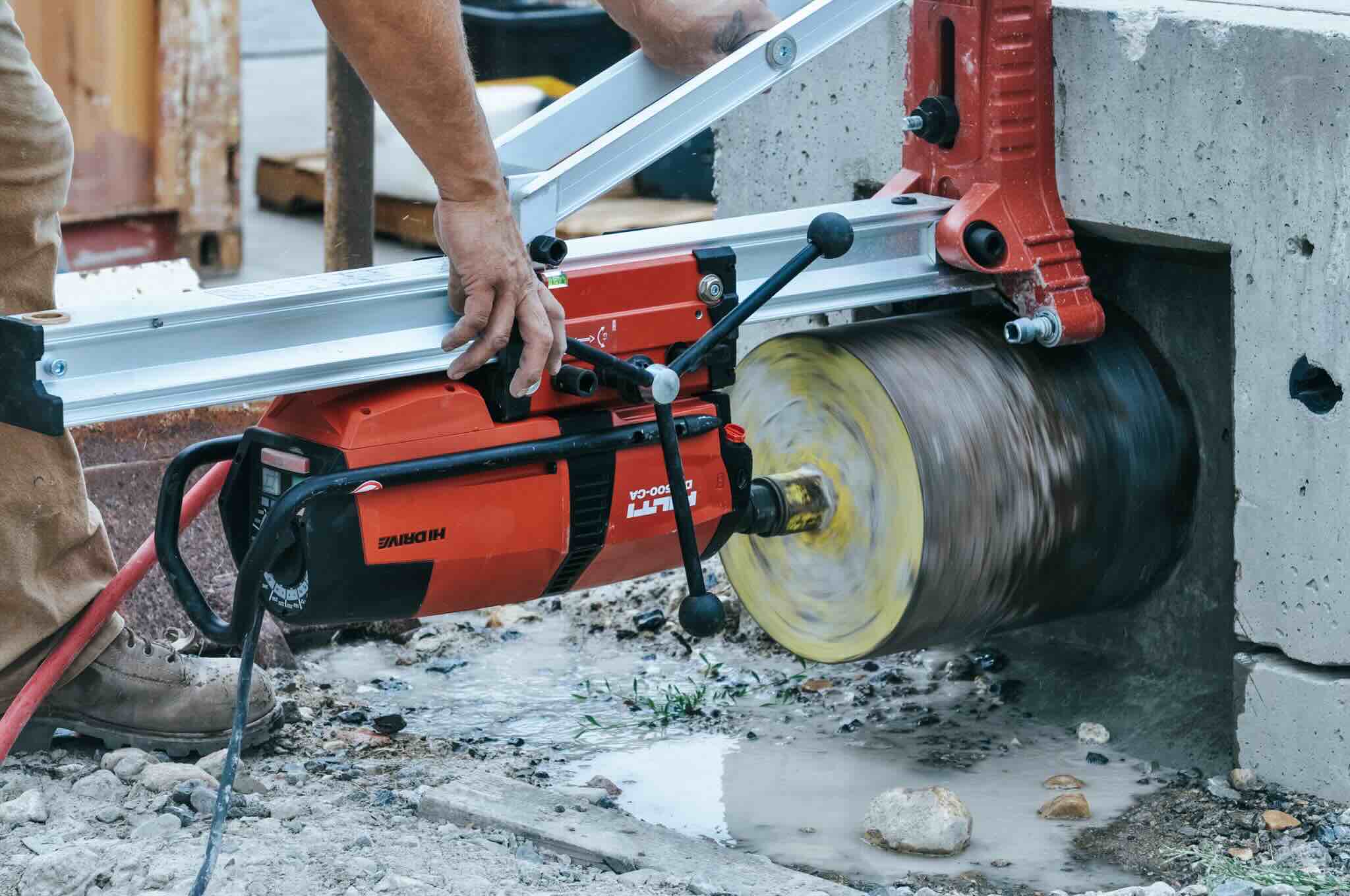

Building & Construction
What Is Core Drilling In Construction
Modified: October 18, 2024
Learn about core drilling, a commonly used technique in building construction, that involves drilling precise holes for plumbing, electrical, or ventilation systems.
(Many of the links in this article redirect to a specific reviewed product. Your purchase of these products through affiliate links helps to generate commission for Storables.com, at no extra cost. Learn more)
Introduction
Welcome to the world of construction, where every project starts with a solid foundation. In the realm of building construction, the process of core drilling plays a vital role. Whether it’s for creating openings in concrete walls, installing plumbing and electrical systems, or conducting material testing, core drilling is an indispensable technique.
In this article, we will delve into the world of core drilling in construction, exploring its definition, purpose, benefits, process, equipment, factors to consider, safety precautions, and diverse applications.
Core drilling, also known as diamond drilling, is a technique used to remove cylindrical sections, or “cores,” from concrete, masonry, or other rigid materials. This process involves using a rotating diamond-tipped drill bit to create precise, clean, and accurate holes.
Core drilling is often preferred over other methods, such as manual drilling or percussion drilling, due to its efficiency, accuracy, and minimal damage to the surrounding structure.
The primary purpose of core drilling in construction is to create openings for various purposes. Whether it’s for routing plumbing and electrical systems, installing HVAC ducts, or creating space for structural reinforcements, core drilling ensures precision and minimizes disruptions to the existing structure.
One of the main benefits of core drilling is its ability to extract core samples for material testing. These samples provide valuable information about the composition, strength, and integrity of the material. Construction professionals rely on these tests to make informed decisions regarding the structural stability and the suitability of materials for a project.
Now that we have a basic understanding of core drilling, let’s delve deeper into the process itself. The core drilling process involves several steps, all of which are carried out with precision and care to ensure optimal results.
Key Takeaways:
- Core drilling is a crucial technique in construction, offering precision, efficiency, and minimal damage to surrounding structures. Its diverse applications include creating openings, material testing, and structural reinforcement, ensuring the success of construction projects.
- Safety is paramount in core drilling operations, with proper precautions, equipment, and hazard assessment being essential. From plumbing and electrical installations to concrete removal and demolition, core drilling plays a vital role in the construction industry.
Definition of Core Drilling
Core drilling is a specialized technique used in construction to create precise, cylindrical holes in concrete, masonry, or other rigid materials. The process involves using a rotating diamond-tipped drill bit to remove cores, or cylindrical sections, from the material.
This technique is commonly referred to as “core drilling” due to the cylindrical cores that are extracted from the material during the process.
Core drilling is essential in various construction applications, such as creating openings for plumbing and electrical systems, installing HVAC ducts, and conducting material testing. Unlike other drilling methods, core drilling is known for its accuracy, efficiency, and ability to minimize damage to the surrounding structure.
When conducting core drilling, contractors and construction professionals typically use specialized equipment, including diamond-tipped drill bits and powerful drilling machines. The diamond-tipped drill bits are designed to effectively cut through hard materials, such as concrete, without causing excessive vibrations or compromising the integrity of the surrounding structure.
The core drilling process begins with marking the desired location of the hole. Accurate measurements and markings are crucial to ensure that the hole is drilled in the correct position and to the required depth. Once the location is marked, the drilling machine is set up, and the diamond-tipped drill bit is attached.
During the drilling process, water is often used as a coolant and to control dust. The water is sprayed onto the drill bit to prevent overheating and to lubricate the cutting surface, ensuring a smooth and efficient drilling operation.
As the drill bit rotates, it gradually cuts through the material, creating a cylindrical core. The core is retained within the drill bit and can be extracted once the drilling process is complete.
After the core drilling is finished, the extracted core can be used for various purposes. If material testing is required, the core can be analyzed to determine its composition, strength, and suitability for the intended application. Additionally, the extracted core can be used for other purposes, such as creating samples for display or further analysis.
Overall, core drilling is a fundamental technique in construction that allows for precise and accurate hole creation in rigid materials. With its efficiency and versatility, core drilling enables construction projects to progress smoothly and ensures the structural integrity of the building.
Purpose and Benefits of Core Drilling in Construction
Core drilling serves multiple purposes in the construction industry and offers numerous benefits that make it an essential technique for various projects. Let’s explore the primary purpose and key benefits of core drilling:
Purpose:
The primary purpose of core drilling in construction is to create precise, cylindrical holes in rigid materials for various applications.
- Creating Openings: Core drilling is commonly used to create openings in concrete walls, floors, and ceilings for installing plumbing and electrical systems. It allows for the routing of pipes, cables, and conduits through the structure with minimal disruption and damage.
- Installing HVAC Systems: Core drilling is also crucial in installing HVAC systems, such as ductwork and vents. It enables efficient temperature regulation and airflow throughout the building.
- Structural Reinforcement: In some cases, core drilling is utilized to create space for structural reinforcements, such as steel beams or columns. These reinforcements enhance the strength and stability of the building.
- Material Testing: Core drilling allows for the extraction of core samples from concrete or other materials. These samples are used for material testing and analysis to determine their composition, strength, and suitability for the project.
Benefits:
Core drilling offers several benefits that make it the preferred method in various construction applications:
- Precision and Accuracy: Core drilling ensures precise and accurate hole creation, thanks to the use of diamond-tipped drill bits. It allows for the creation of clean, smooth, and uniform holes with minimal deviation from the desired specifications.
- Minimal Damage: Unlike other drilling methods, core drilling minimizes damage to the surrounding structure. It produces fewer vibrations and ensures minimal disruption to the integrity of the material surrounding the hole.
- Efficiency and Speed: Core drilling is a highly efficient technique that allows for quick and productive hole creation. The use of powerful drilling machines and specialized drill bits enables contractors to complete the drilling process efficiently, saving time and labor costs.
- Versatility: Core drilling is versatile and applicable to various materials, including concrete, masonry, asphalt, and more. This versatility makes it suitable for a wide range of construction projects.
- Reduced Dust and Debris: The use of water as a coolant and dust control measure during core drilling helps minimize airborne dust and debris. This not only improves the working conditions but also contributes to a cleaner and safer construction environment.
These purposes and benefits highlight the importance of core drilling in construction. Whether it’s creating openings, installing systems, reinforcing structures, or conducting material testing, core drilling offers accuracy, efficiency, and versatility to ensure the success and quality of construction projects.
Read more: What Is A Core Charge For Calipers
Core Drilling Process
The core drilling process involves several steps that are executed meticulously to ensure precise and accurate hole creation. Let’s take a closer look at the core drilling process:
Step 1: Preparation
The first step of the core drilling process is preparation. This includes assessing the project requirements, marking the location of the hole, and gathering the necessary equipment and materials.
Accurate measurements and markings are essential to ensure the hole is drilled in the correct position and to the required depth. Utilizing specialized tools, such as a tape measure and a marker, the drilling site is carefully marked to guide the drilling process.
Step 2: Set Up
Once the drilling site is prepared, the next step is to set up the drilling machine and attach the diamond-tipped drill bit. The drilling machine needs to be securely positioned to prevent any movement or vibrations during the drilling process.
The diamond-tipped drill bit is chosen based on the material being drilled. These drill bits are available in various sizes and types to accommodate different construction materials.
Step 3: Cooling and Lubrication
Water is an essential component in the core drilling process. It acts as a coolant to prevent overheating of the drill bit and the material being drilled. Additionally, water lubricates the cutting surface, allowing the drill bit to effortlessly glide through the material.
Water is usually supplied continuously during the drilling process, either through a water supply line or by using a handheld spray bottle. It is important to maintain a steady and controlled flow of water to ensure effective cooling and lubrication.
Read more: What Is A Liquid Core Electric Skillet
Step 4: Drilling
With the set-up and cooling in place, the drilling process begins. The operator starts the drilling machine and carefully guides the diamond-tipped drill bit into the marked location on the material’s surface.
As the drill bit rotates at high speed, its diamond-encrusted cutting edge gradually cuts through the material. The operator applies steady and controlled pressure to maintain a consistent drilling speed and depth.
Step 5: Core Extraction
After completing the drilling process, the next step is to extract the core from the hole. Once the drill bit reaches the desired depth, it is gradually lifted out of the hole, with caution to avoid any damage to the core or the surrounding structure.
The extracted core is carefully removed from the drill bit and set aside for further analysis, if necessary. If the core is not required for testing, it can be discarded or repurposed for other uses.
Step 6: Clean-up
After the core is extracted, the drilling site is cleaned and cleared of any debris or leftover material. This ensures a tidy and safe work environment for the construction crew and minimizes any potential hazards.
The core drilling process requires expertise, precision, and attention to detail. By following these steps carefully, contractors are able to create precise, clean, and accurate holes that meet the project’s requirements.
Equipment Used in Core Drilling
Core drilling is a specialized technique in construction that requires specific equipment designed to efficiently and accurately create holes in rigid materials. Let’s explore the essential equipment used in core drilling:
Read more: What Was The Seed Drill Used For
1. Drilling Machine:
The drilling machine, also known as a core drill rig or core drilling machine, is the primary tool used in core drilling. It is a powerful machine that provides the necessary force and stability to penetrate through hard materials.
Drilling machines are available in various sizes and configurations depending on the scale and complexity of the project. They are equipped with motors that rotate the diamond-tipped drill bit at high speeds, enabling efficient hole creation.
2. Diamond-Tipped Drill Bits:
The diamond-tipped drill bit is the cutting tool that removes the material during the core drilling process. These drill bits are specifically designed with industrial-grade diamond segments or a diamond-impregnated matrix that can cut through tough materials such as concrete, masonry, and asphalt.
Diamond-tipped drill bits come in different sizes and types, including thin-wall and thick-wall variations, to accommodate various hole diameters and drilling conditions. The diamond segments or matrix provide exceptional durability and cutting performance.
3. Water Supply System:
Water is a critical component in core drilling as it acts as a coolant and lubricant. A water supply system, typically consisting of a water tank and a pump, is used to deliver a continuous flow of water to the drill bit during the drilling process.
The water helps dissipate heat generated by the friction between the drill bit and the material, preventing overheating. It also lubricates the cutting surface of the drill bit, resulting in smoother and more efficient drilling.
4. Vacuum System:
In situations where dust and debris need to be efficiently controlled, a vacuum system may be used alongside the drilling machine. This system helps remove the dust and debris generated during the drilling process, ensuring a cleaner and safer work environment.
Read more: What Is Infill Drilling In Mining
5. Safety Equipment:
Core drilling involves inherent safety risks, and it is crucial to prioritize worker safety during the process. Safety equipment, such as personal protective equipment (PPE), including safety goggles, gloves, and ear protection, should be provided to all personnel involved in core drilling.
Additionally, other safety measures, such as dust masks, safety barriers, and warning signs, should be implemented to minimize the risk of accidents and ensure a safe working environment.
These are the primary equipment used in core drilling. It is essential to use high-quality, well-maintained equipment and ensure they are operated by skilled professionals to achieve accurate and efficient hole creation while maintaining worker safety.
Factors to Consider in Core Drilling
When conducting core drilling in construction, there are several important factors to consider to ensure the success and efficiency of the drilling process. Let’s explore these key factors:
1. Material Type and Thickness:
The type and thickness of the material being drilled play a crucial role in determining the appropriate drill bit and drilling technique. Different materials, such as concrete, masonry, or asphalt, require specific drill bits and drilling parameters to achieve optimal results. Additionally, the thickness of the material affects the drilling speed and the selection of equipment.
2. Hole Size and Depth:
The size and depth of the desired hole are crucial factors to consider during core drilling. Precise measurements and calculations should be made to determine the exact hole dimensions required for the intended purpose. This information guides the selection of the appropriate drill bit and drilling machine, ensuring accurate and efficient hole creation.
Read more: What Does The Seed Drill Do
3. Location and Accessibility:
The location of the drilling site and its accessibility play a significant role in the core drilling process. Factors such as limited space, obstructions, or proximity to other structures can impact the selection of equipment and the drilling technique. It is essential to assess the site beforehand to ensure smooth and safe drilling operations.
4. Surrounding Environment:
The surrounding environment should be taken into consideration to avoid any potential hazards or disruptions during the drilling process. This includes identifying the presence of utilities, such as electrical or plumbing lines, and taking necessary precautions to prevent damage. Dust control measures should also be implemented to minimize airborne particles and ensure a safe working environment.
5. Project Timeline and Constraints:
The project timeline and any specific constraints or deadlines should be considered when planning core drilling operations. This includes factors such as scheduling constraints, noise restrictions, or working within the confines of an existing structure. Proper planning and coordination are essential to ensure that core drilling activities align with the overall project timeline.
6. Equipment Selection and Maintenance:
Choosing the right equipment and maintaining it properly are critical factors in core drilling. The selection of appropriate drilling machines, drill bits, and related accessories should be based on the specific project requirements and the expected drilling conditions. Regular maintenance, including checking and replacing worn drill bits, ensures optimal performance and extends the lifespan of the equipment.
Read more: What Bit To Use To Drill Into Brick
7. Operator Skill and Experience:
The skill and experience of the operator directly impact the efficiency and accuracy of the core drilling process. Trained and experienced operators understand the nuances of the equipment and techniques, ensuring seamless drilling operations and minimizing the risk of errors or accidents.
Considering these factors during the planning and execution of core drilling operations helps to achieve optimal results in terms of hole accuracy, efficiency, and adherence to safety standards. By taking these factors into account, construction professionals can ensure successful core drilling operations that meet project requirements with utmost precision.
Safety Precautions in Core Drilling
Core drilling in construction involves inherent risks and hazards that must be addressed to ensure the safety of workers and anyone in the vicinity. Implementing proper safety precautions is essential for minimizing accidents and creating a safe working environment. Here are some important safety precautions to consider when conducting core drilling:
1. Personal Protective Equipment (PPE):
All personnel involved in core drilling should wear appropriate personal protective equipment (PPE). This includes safety goggles or glasses to protect the eyes from flying debris, gloves to protect the hands from sharp edges, and ear protection to minimize noise exposure. In some cases, respiratory masks may be needed to protect against dust and airborne particles.
2. Hazards Assessment:
Before starting the core drilling process, it is crucial to conduct a thorough evaluation of the work area to identify potential hazards. This includes assessing the presence of utilities, such as electrical or plumbing lines, and ensuring appropriate measures are taken to avoid damage or injury. Hazards such as uneven surfaces, trip hazards, or unstable surroundings should also be addressed to prevent accidents.
Read more: What Is Construction
3. Secure Work Area:
Ensure the work area is properly secured and clearly marked to prevent unauthorized access. Use barriers, warning signs, and cones to demarcate the work zone and keep bystanders away. Restrict access to only authorized personnel who have received proper training on core drilling operations and safety protocols.
4. Equipment Inspection and Maintenance:
Regularly inspect and maintain all core drilling equipment to ensure proper functioning and minimize the risk of equipment failures. Check drill bits for wear or damage and replace them as necessary. Keep drilling machines clean and free from debris that may interfere with their operation. Follow the manufacturer’s maintenance guidelines to ensure the equipment is in good working condition.
5. Proper Ventilation and Dust Control:
Implement measures to control dust and ensure proper ventilation in the work area. Use dust control systems, such as vacuum systems or water suppression techniques, to minimize airborne dust particles. Provide adequate ventilation to prevent the buildup of harmful dust and fumes, especially when drilling in confined spaces.
6. Safe Handling and Operation:
Proper handling and operation of core drilling equipment is crucial for safety. Operators should be trained in the correct use of the equipment and follow established procedures. Avoid wearing loose clothing or jewelry that may become entangled in the drilling equipment. Maintain a stable stance while operating the drilling machine and avoid placing hands or body parts near the rotating drill bit.
Read also: 5 Amazing AC Evaporator Core for 2025
7. Emergency Preparedness:
Have emergency procedures in place in case of accidents or incidents. Ensure all workers are aware of emergency exits and evacuation plans. Keep a first aid kit readily available on-site and ensure at least one person is trained in first aid and CPR. Regularly conduct safety drills to familiarize workers with emergency protocols.
Adhering to these safety precautions significantly reduces the risk of accidents and injuries during core drilling operations. It is essential to prioritize safety and provide the necessary training and resources to protect the well-being of all workers involved in the process.
Applications of Core Drilling in Construction
Core drilling is a versatile technique that finds application in various construction projects. Its precise and efficient nature makes it suitable for a wide range of applications. Let’s explore some of the common applications of core drilling in construction:
1. Plumbing and Electrical Installations:
One of the primary applications of core drilling is creating openings for plumbing and electrical systems. Core drilling allows contractors to route pipes, conduits, or cables through concrete walls, floors, or ceilings with minimal disruption to the existing structure. This ensures efficient installation of plumbing and electrical systems in commercial buildings, residential properties, and industrial facilities.
2. HVAC Ductwork:
Core drilling is essential in HVAC (Heating, Ventilation, and Air Conditioning) installations. It enables the creation of precise openings for installing ductwork, vents, or air conditioning units. Proper installation of HVAC systems ensures efficient temperature regulation and optimal airflow throughout the building, providing comfortable and healthy indoor environments.
Read also: 11 Best Core Airators For Lawns For 2025
3. Material Sampling and Testing:
Core drilling allows for the extraction of core samples from concrete or other construction materials for testing and analysis. These samples provide valuable insight into the composition, strength, and integrity of the material. Material testing helps professionals make informed decisions about the suitability of materials for construction projects, ensuring the structural stability and durability of the building.
4. Structural Reinforcements:
In some cases, core drilling is used to create openings for structural reinforcements. For example, when retrofitting a building for seismic upgrades or adding additional support, core drilling is employed to create space for steel beams or columns. These reinforcements enhance the overall strength and stability of the structure, ensuring its resilience against potential hazards and ensuring compliance with building codes and regulations.
5. Concrete Removal and Demolition:
Core drilling is utilized in concrete removal and demolition processes. By creating precise holes in concrete structures, contractors can insert mechanical equipment, such as breakers or crushers, to break down and remove the concrete. Core drilling provides a controlled and efficient method for concrete removal, allowing for selective demolition without damaging the surrounding areas.
6. Installation of Anchors or Fasteners:
Core drilling serves as a reliable method for installing anchors or fasteners in construction projects. By creating precise holes, it allows for the secure attachment of structural components, equipment, or fixtures to concrete or masonry surfaces. This ensures stability and durability in various applications, such as attaching handrails, safety barriers, or equipment mounts.
Read more: How To Use A Drill
7. Concrete Sample Display or Analysis:
In addition to material testing, extracted core samples can be repurposed for other applications. Contractors may choose to create concrete sample displays to showcase the quality and appearance of the concrete used in the project. Core samples can also be further analyzed or preserved for research purposes or historical documentation.
The applications of core drilling in construction are diverse and critical to the success of a project. From creating openings for plumbing and electrical systems to conducting material testing or installing structural reinforcements, core drilling ensures precision, efficiency, and the integrity of the building structure.
Conclusion
Core drilling is an essential technique in construction that allows for precise and accurate hole creation in rigid materials such as concrete, masonry, and asphalt. Whether it’s creating openings for plumbing and electrical systems, conducting material testing, or installing structural reinforcements, core drilling plays a vital role in ensuring the success and quality of construction projects.
Throughout this article, we have explored the definition of core drilling and its purpose in construction. We have discussed the benefits it offers, including precision, efficiency, and minimal damage to the surrounding structure. Additionally, we have covered the core drilling process, equipment used, factors to consider, safety precautions, and various applications in construction.
Core drilling provides construction professionals with the ability to create clean, accurate, and precise holes in rigid materials. This enables the efficient installation of plumbing and electrical systems, the testing and analysis of construction materials, and the reinforcement of structures, among other applications.
However, it is important to always prioritize safety when conducting core drilling operations. By adhering to proper safety precautions, using appropriate personal protective equipment, and adopting risk assessment protocols, construction professionals can minimize accidents and create a safe working environment.
In conclusion, core drilling is a fundamental technique that contributes to the strength, stability, and functionality of buildings and structures. It allows for precise and efficient hole creation while maintaining the structural integrity of the surrounding materials. Whether it’s for residential, commercial, or industrial projects, core drilling is a valuable tool that helps bring construction projects to life.
As technology continues to advance and construction methods evolve, core drilling remains a reliable and indispensable technique in the construction industry. With its versatile applications and the ability to meet project requirements with precision and accuracy, core drilling is set to play a pivotal role in the construction of buildings and infrastructure for years to come.
Frequently Asked Questions about What Is Core Drilling In Construction
Was this page helpful?
At Storables.com, we guarantee accurate and reliable information. Our content, validated by Expert Board Contributors, is crafted following stringent Editorial Policies. We're committed to providing you with well-researched, expert-backed insights for all your informational needs.
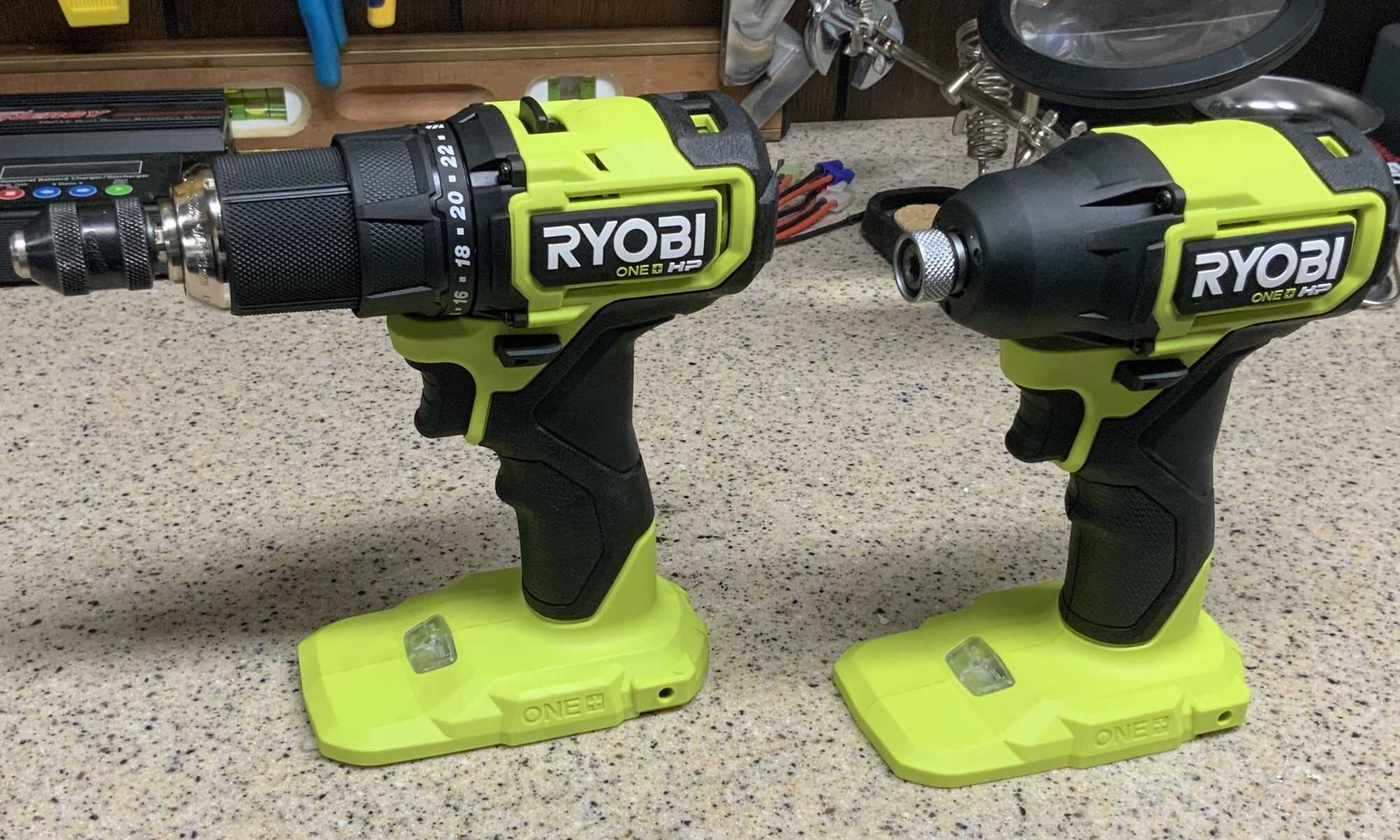
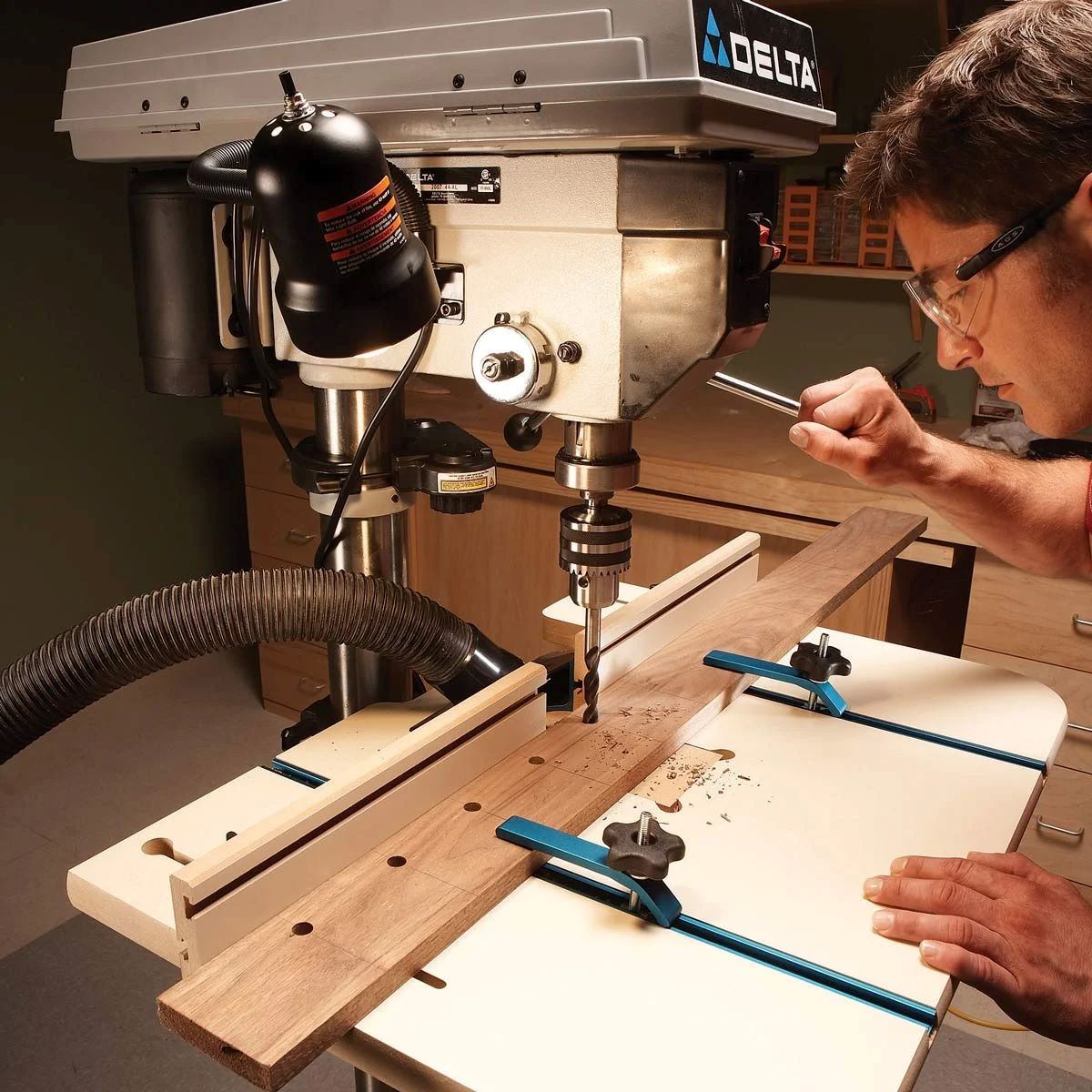
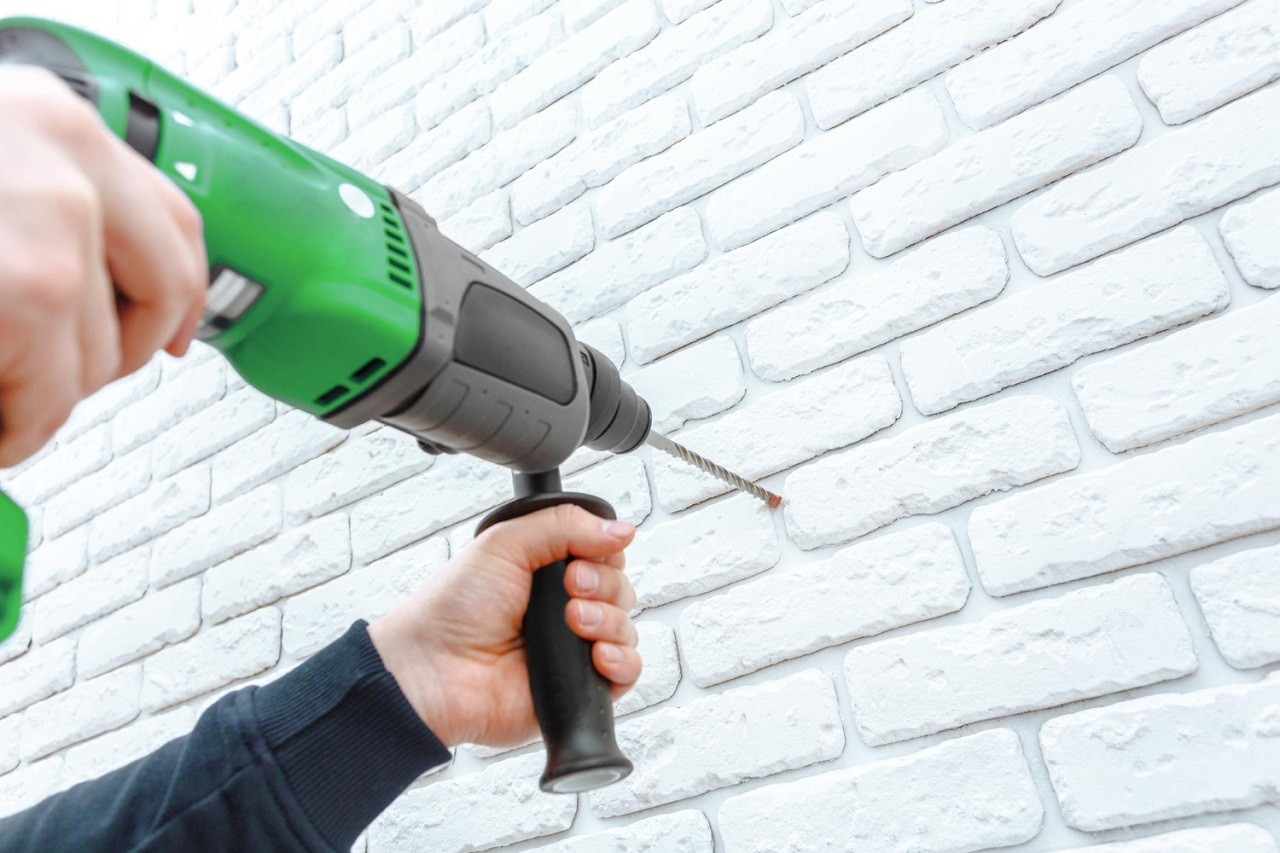
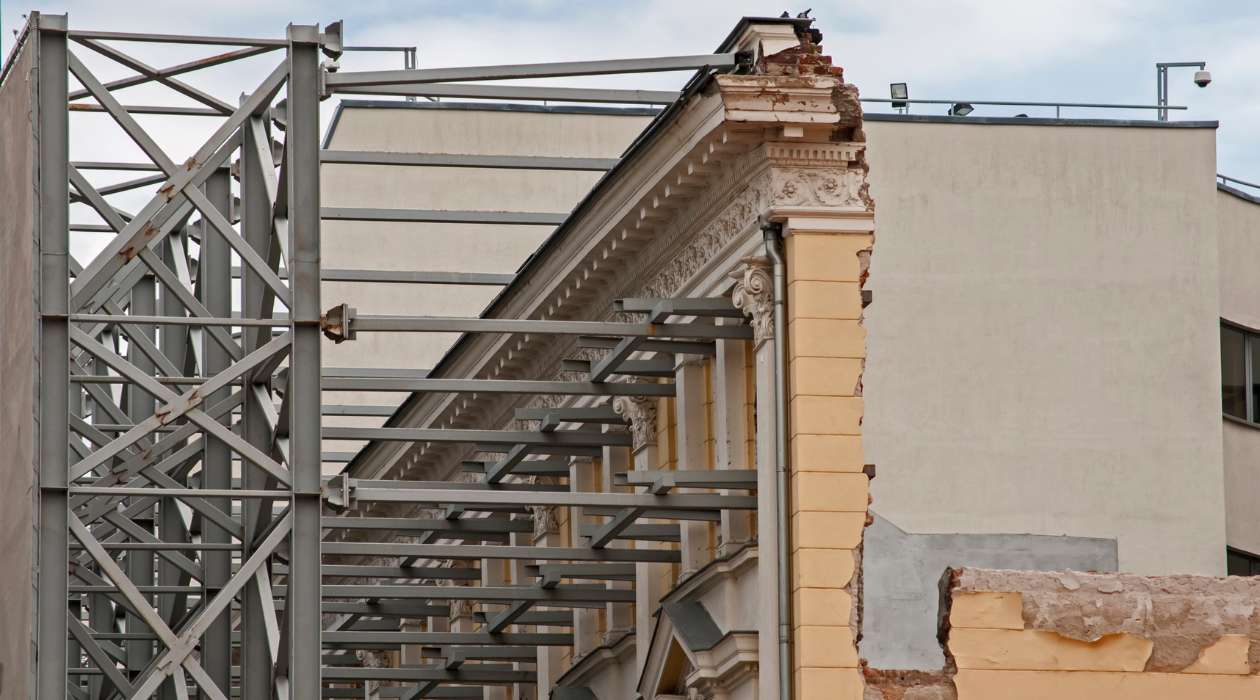


0 thoughts on “What Is Core Drilling In Construction”